After 6 years of implementing Decree 98/2018/ND-CP, more than 2,900 projects linking agricultural production and consumption have been established across the country, connecting more than 200,000 farming households with enterprises, cooperatives and cooperative groups. The linkage model is becoming the pivot of agricultural restructuring, bringing Vietnamese products deeper into the global value chain.

Deputy Minister Vo Van Hung delivered a speech at the conference. Photo: Bao Thang.
15,200 billion VND mobilized for agricultural chain
At the preliminary conference held on the morning of November 11, the Department of Economic Cooperation and Rural Development stated that Decree 98 had “correctly solved the key problem”. That is, creating a legal and financial mechanism to promote cooperation and connection between entities in the production, processing and consumption of agricultural products.
More than 15,200 billion VND has been mobilized for projects, of which the State budget accounts for only 21%, the rest is contributed by businesses and people, demonstrating the spirit of co-investment and mutual benefit.
If in the past, the linkage contract mainly stopped at the level of buying and selling agricultural products, now many models have moved towards value chain management. Long Thanh Phat Cooperative ( Dong Nai ) is an example. Representatives of chicken farming households signed contracts with KOYU & UNITEK Company, and proactively negotiated with suppliers of feed, veterinary medicine, and transportation services. This model helps reduce intermediary costs, ensure stable output and improve farmers' negotiation capacity.
Of the 2,938 approved projects, 79% were led by cooperatives, the rest by enterprises. The most concentrated forms of association were in the field of crop cultivation (accounting for 67%), followed by livestock (24%) and forestry (6%).
Key national products such as rice, vegetables, coffee, rubber, and pepper have all formed closely linked value chains, contributing to standardizing production processes, tracing origins, and increasing competitiveness in the export market.
Agricultural cooperatives are considered the “backbone” of the linkage model. By acting as intermediaries between businesses and farmers, they can organize concentrated raw material areas, unify technical processes, control quality and ensure contract implementation. When participating in the chain, about 60% of cooperatives expand production and business, increase management capacity and improve members’ income.

The conference attracted hundreds of delegates from cooperatives, businesses, organizations and individuals nationwide. Photo: Bao Thang.
The Department of Economic Cooperation and Rural Development said that many localities such as Dong Thap, Son La, Lam Dong have built a network of consultants and community agricultural extension teams to support cooperatives in setting up joint projects. Thanks to that, the projects become feasible, helping to form large-scale raw material areas for export processing enterprises.
In particular, the proportion of agricultural product value produced under cooperation and linkage will increase 3 times compared to 2016, reaching more than 32% by the end of 2025. Particularly, key products such as cashew, pepper, and coffee will reach linkage levels from 40% to nearly 65%. Each budget dong spent has attracted 4.6 dong of social capital to invest in the linkage chain.
Despite some achievements, the implementation of Decree 98 still faces some limitations. Many localities only focus on signing consumption contracts, failing to form a comprehensive value chain. Support policies are still project-based, lacking mechanisms to encourage innovation and the application of green technology and ecological economics.
Some regulations on association terms and conditions for receiving support are still rigid, making it difficult for small businesses and cooperatives to access.

Ms. Vo Thi Nhung, Deputy Director of Nghe An Department of Agriculture and Environment, made some proposals at the conference. Photo: Bao Thang.
Focus on perfecting institutions and creating value chains
The Ministry of Agriculture and Environment is finalizing a draft decree to replace Decree 98, adding a mechanism to encourage the development of green value chains and standard raw material areas for export. The focus is on linking chains with major programs such as the "1 million hectares of high-quality and low-emission rice in the Mekong Delta" project and circular agriculture models to reduce emissions.
In his speech, Deputy Minister Vo Van Hung emphasized: “Linking the value chain is the institutional key to modern agriculture, adapting to climate change and improving national competitiveness. This is not only a directive, but also a strategic orientation for the future of Vietnam’s agricultural sector.”
According to the Deputy Minister, after 6 years of implementing Decree 98, a series of key national products from ST25 rice, Buon Ma Thuot coffee to Binh Phuoc cashews, Southern fruits... have formed large raw material areas, meeting international standards, contributing to raising the brand of Vietnamese agricultural products.
That success, according to the leader of the Ministry of Agriculture and Environment, comes from the cooperation of the "3 houses" - the State, Enterprises and Farmers - sharing benefits, bearing risks, creating a sustainable value chain and synergy. Deputy Minister Vo Van Hung affirmed: "Today, the linkage chain is not just a sales contract. In the digital economy era and the commitment to Net Zero by 2050, the green agricultural value chain, low emissions, traceability and carbon trading will become a new economic driving force for Vietnamese farmers and businesses."

Many trade and experience exchange activities took place on the sidelines of the conference. Photo: Bao Thang.
The Deputy Minister also frankly pointed out the limitations. Many linkage chains are still unsustainable, the value cycle is not closed, support is still cumbersome, digital linkage and green linkage have not received due attention; production organization is not closely linked to the construction of standardized raw material areas. "The capacity of many cooperatives is still weak, not strong enough to become the center of linkages," he analyzed.
To overcome this, the leaders of the Ministry of Agriculture and Environment suggested four strategic directions. These are: strongly reforming procedures and support mechanisms, creating a transparent and favorable environment, focusing on value chain efficiency. In addition, developing digital value chains and green value chains, promoting traceability, digital governance, reducing emissions and carbon credits.
He also called for the reorganization of production linked to standard raw material areas, publicity, transparency, a system of growing area codes and digital maps. Finally, building a professional consulting ecosystem, closely connecting production - market - contract - chain operation.
Deputy Minister Vo Van Hung considered this a shift from “administrative support” to “creating a development environment”, with a culture of cooperation as the foundation. “Linking the value chain is not only a production method, but also the belief and integration capacity of Vietnamese farmers, cooperatives and enterprises,” he emphasized.
Source: https://nongnghiepmoitruong.vn/tang-suc-canh-tranh-nong-san-bang-lien-ket-chuoi-gia-tri-xanh-d783617.html




![[Photo] Prime Minister Pham Minh Chinh chairs a meeting on housing policy and the real estate market.](https://vphoto.vietnam.vn/thumb/1200x675/vietnam/resource/IMAGE/2025/11/11/1762838719858_dsc-2107-jpg.webp)
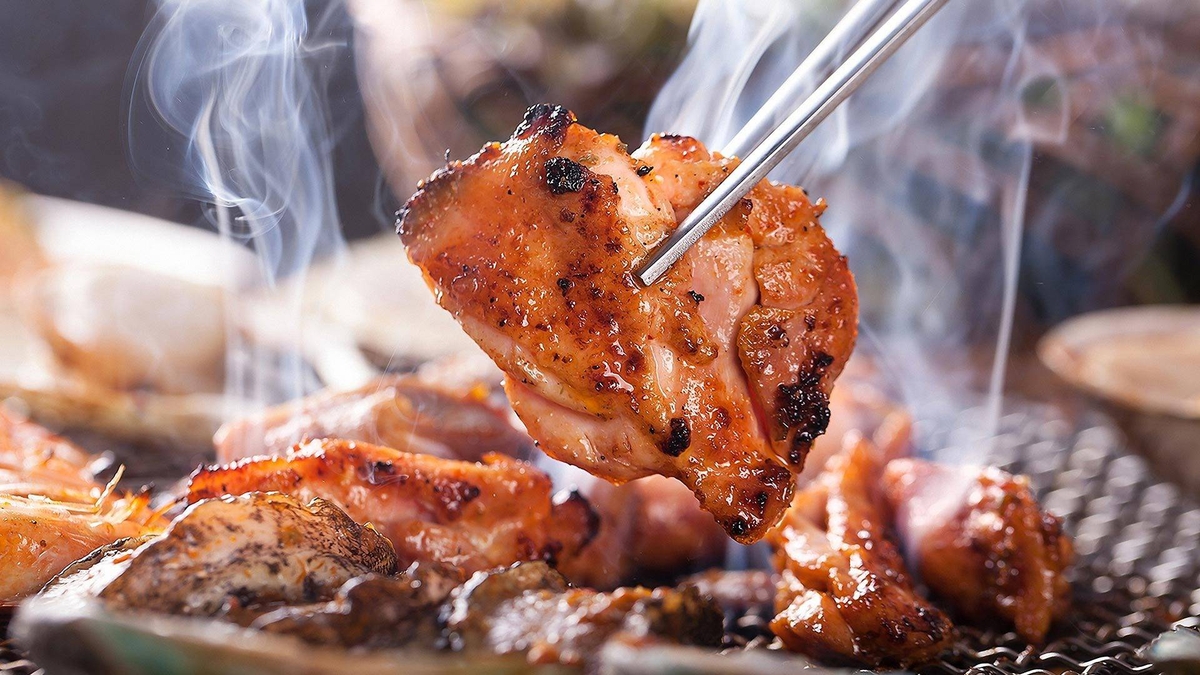
![[Photo] Chu Noodles - the essence of rice and sunshine](https://vphoto.vietnam.vn/thumb/1200x675/vietnam/resource/IMAGE/2025/11/11/1762846220477_ndo_tl_7-jpg.webp)











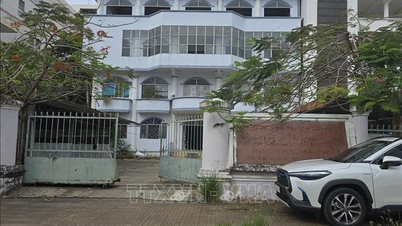

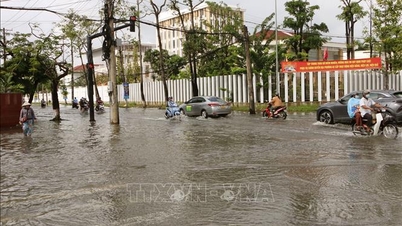


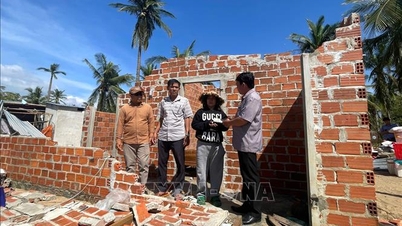
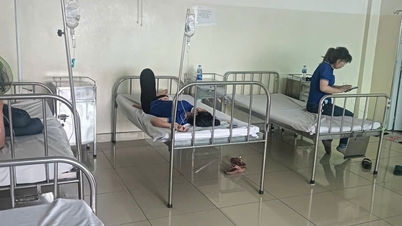




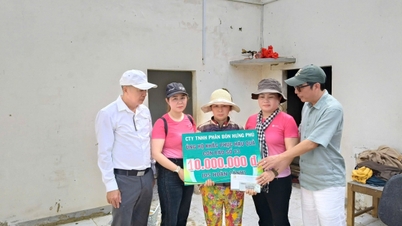




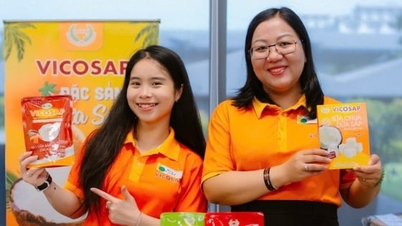























































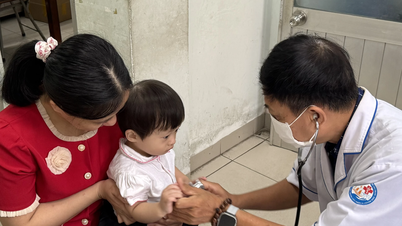










![Dong Nai OCOP transformation: [Article 4] Reaching national standard products](https://vphoto.vietnam.vn/thumb/402x226/vietnam/resource/IMAGE/2025/11/11/1762825820379_4702-cac-san-pham-trai-cay-chung-nhan-ocop-nongnghiep-174649.jpeg)

![Dong Nai OCOP transition: [Article 3] Linking tourism with OCOP product consumption](https://vphoto.vietnam.vn/thumb/402x226/vietnam/resource/IMAGE/2025/11/10/1762739199309_1324-2740-7_n-162543_981.jpeg)




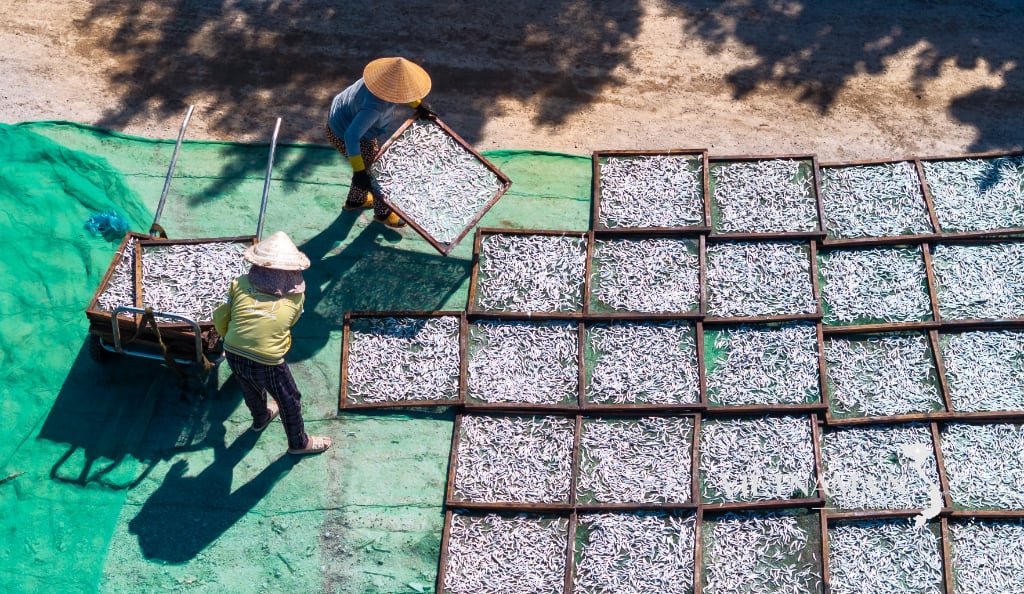

Comment (0)